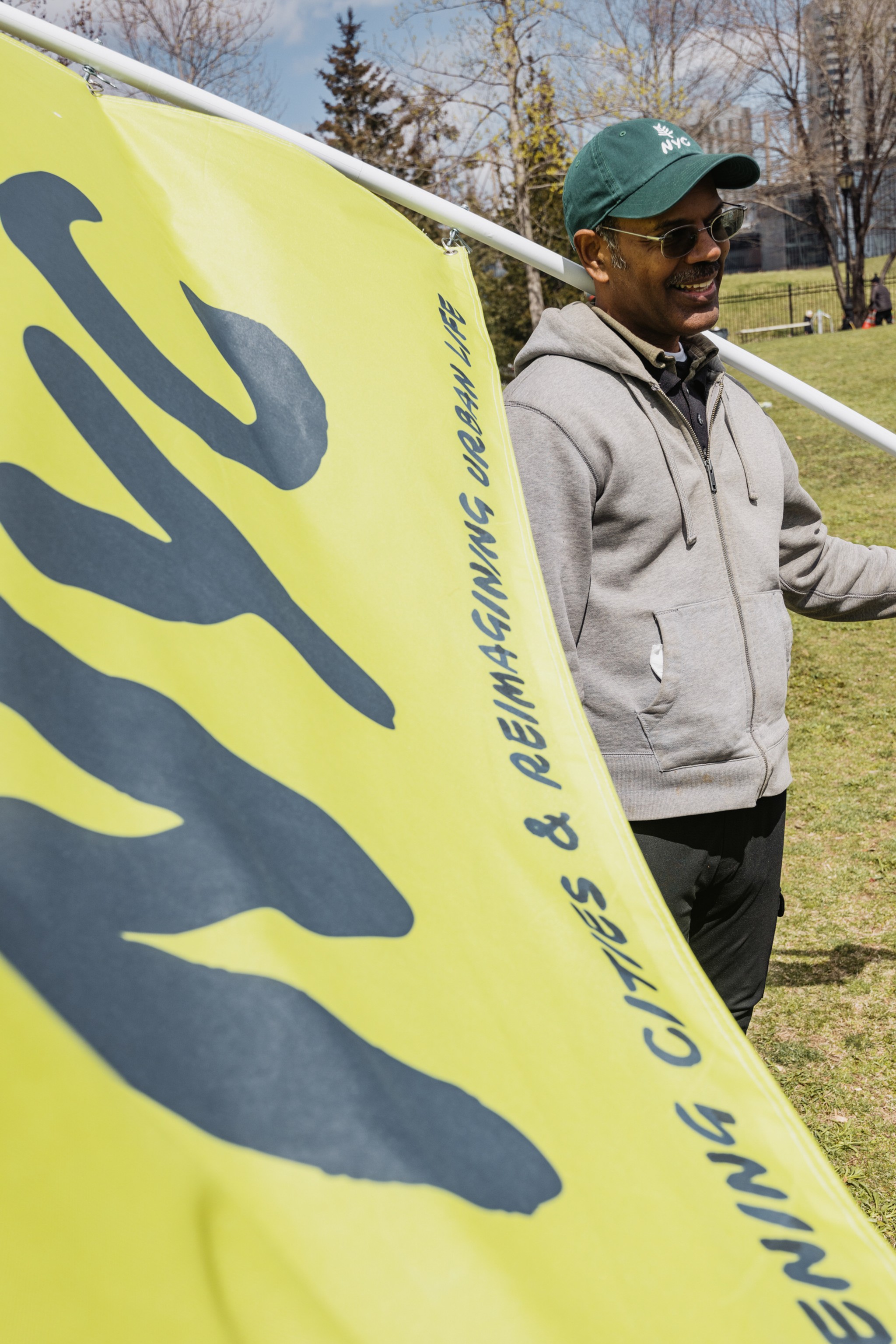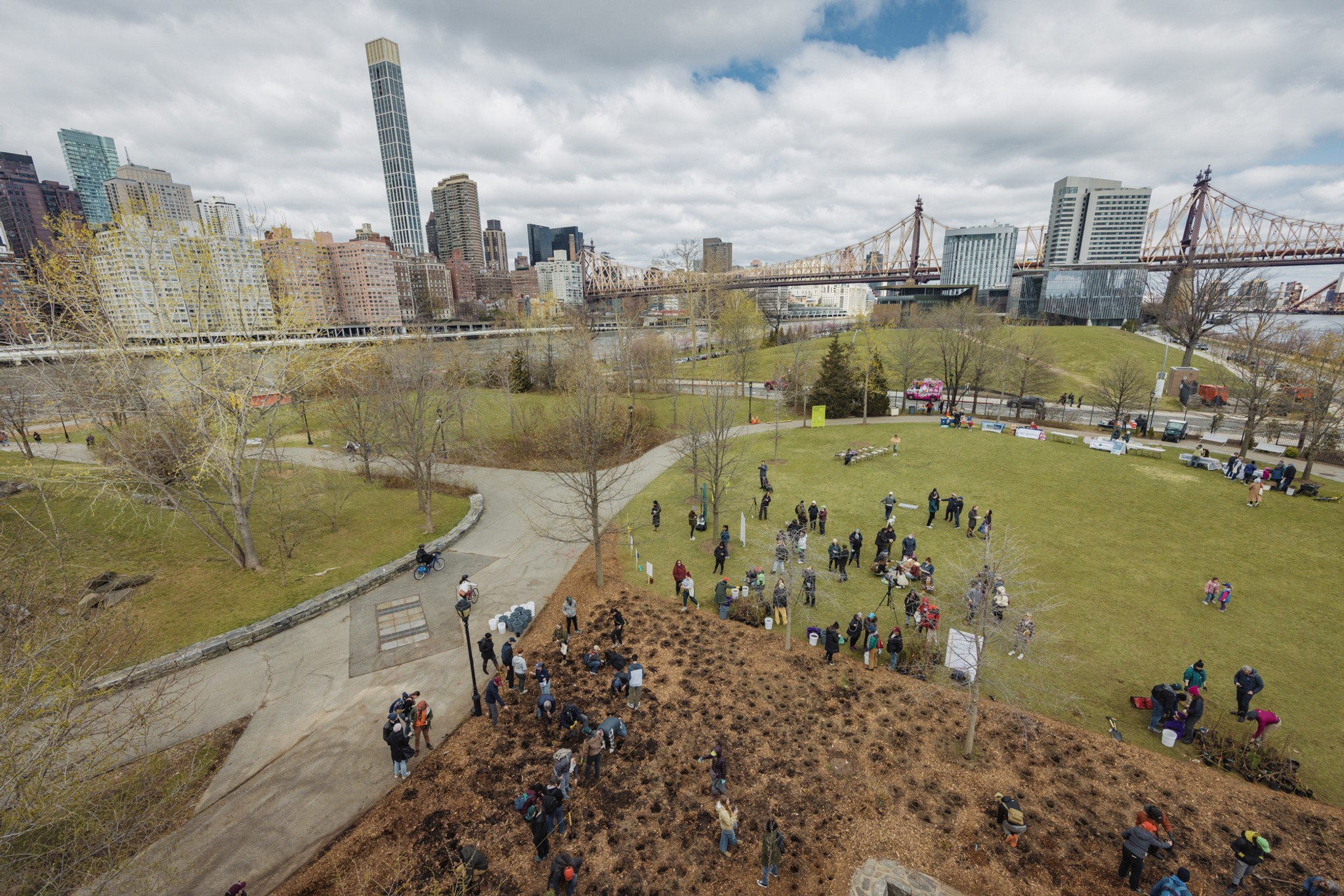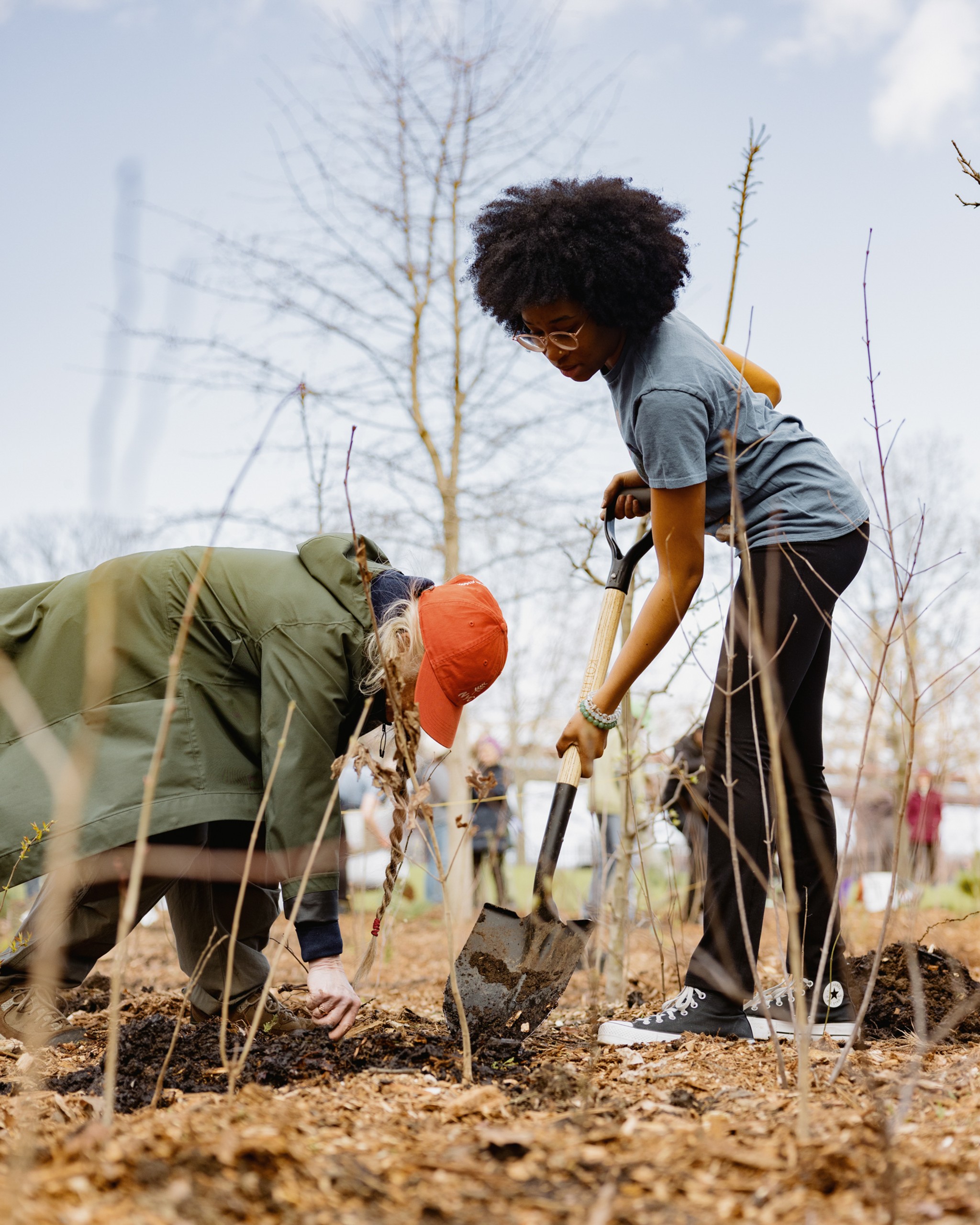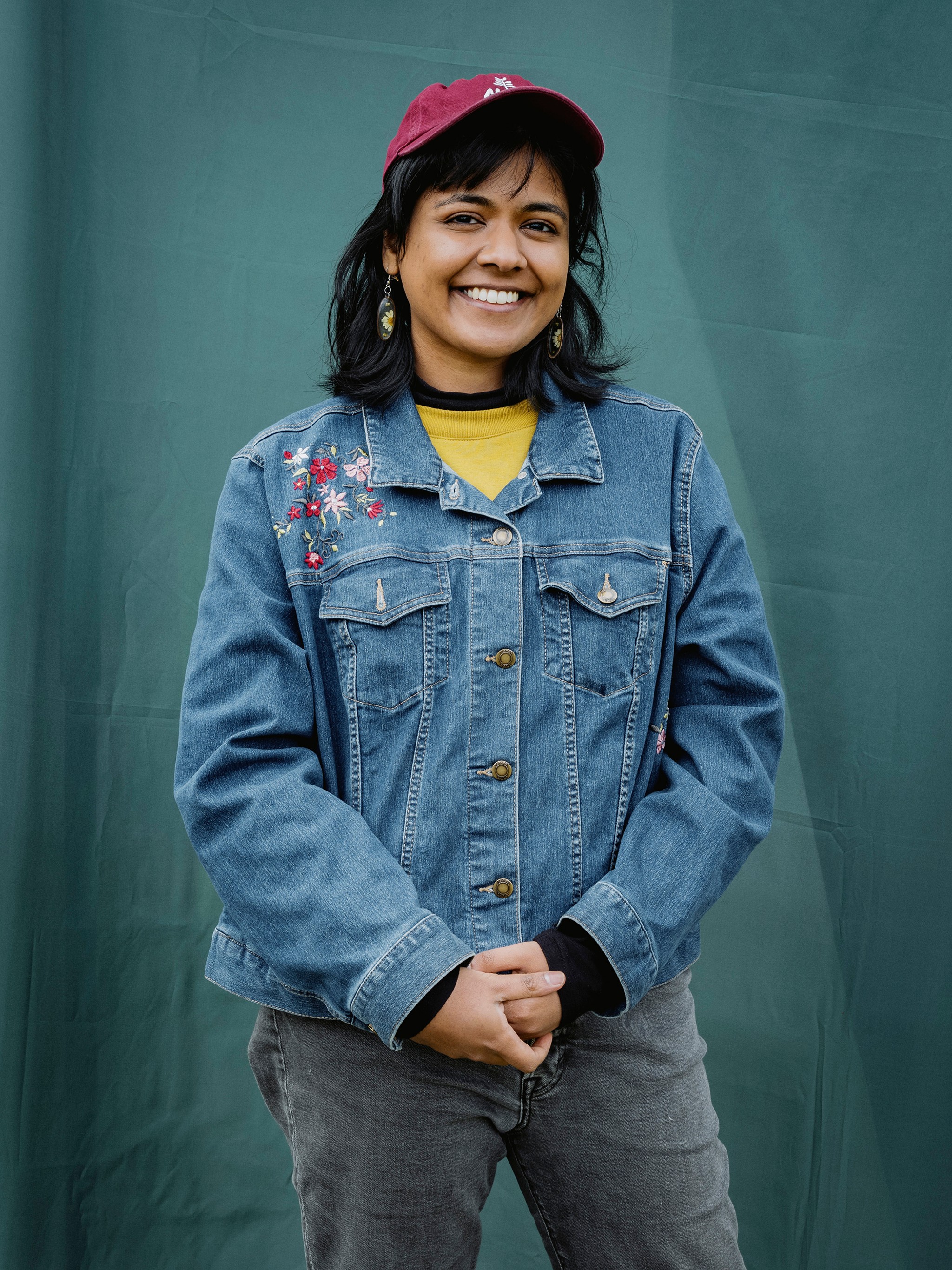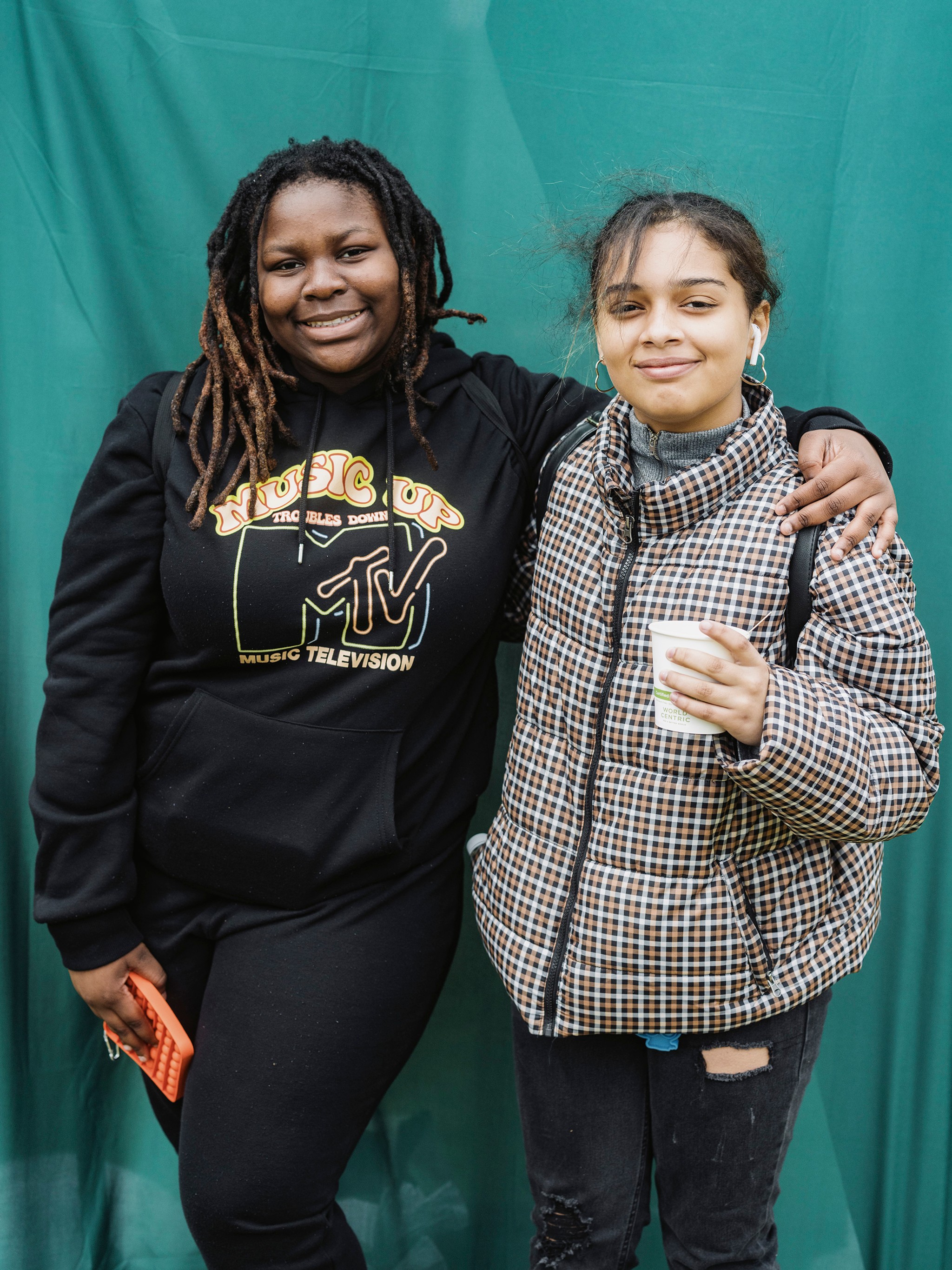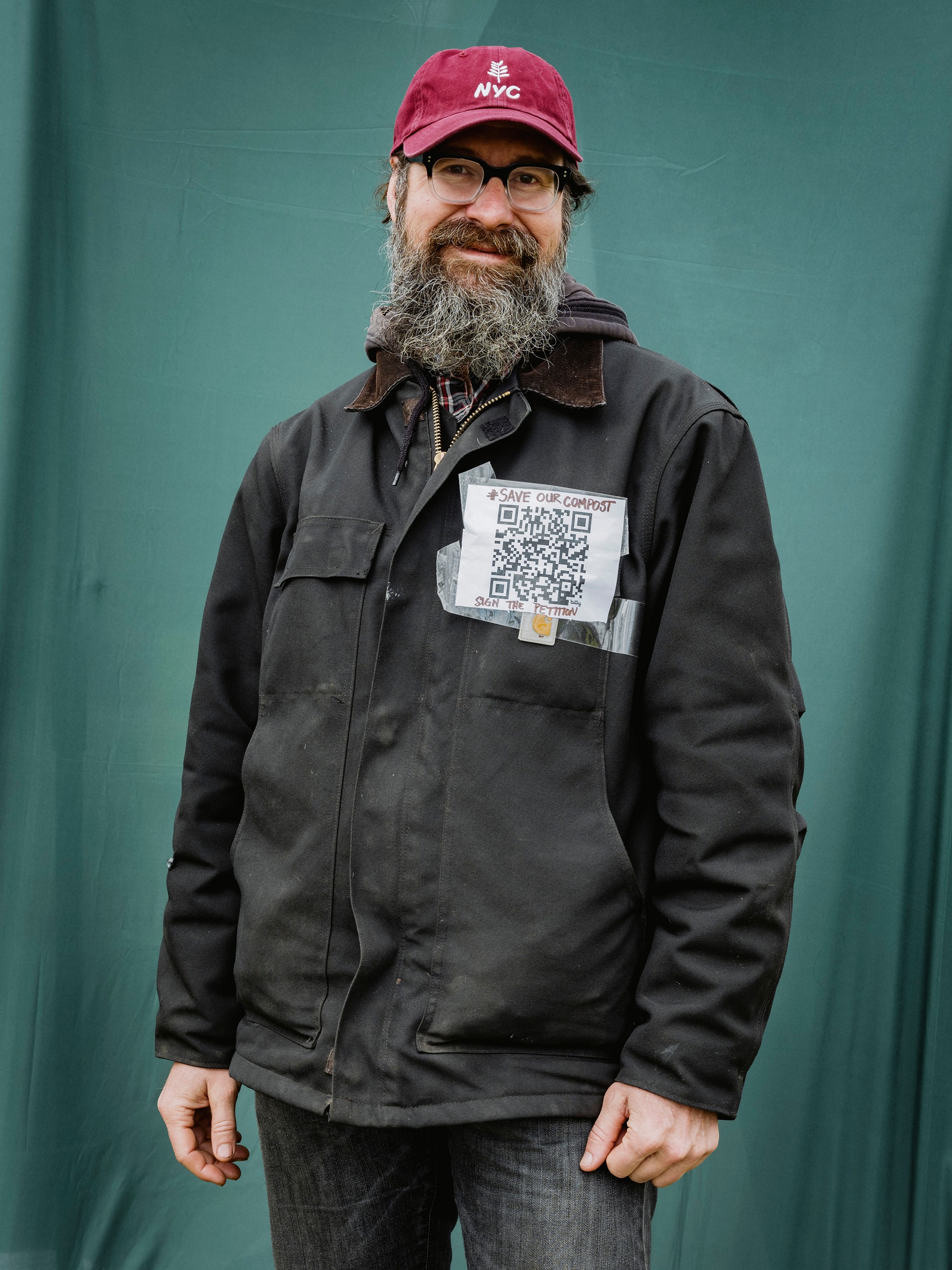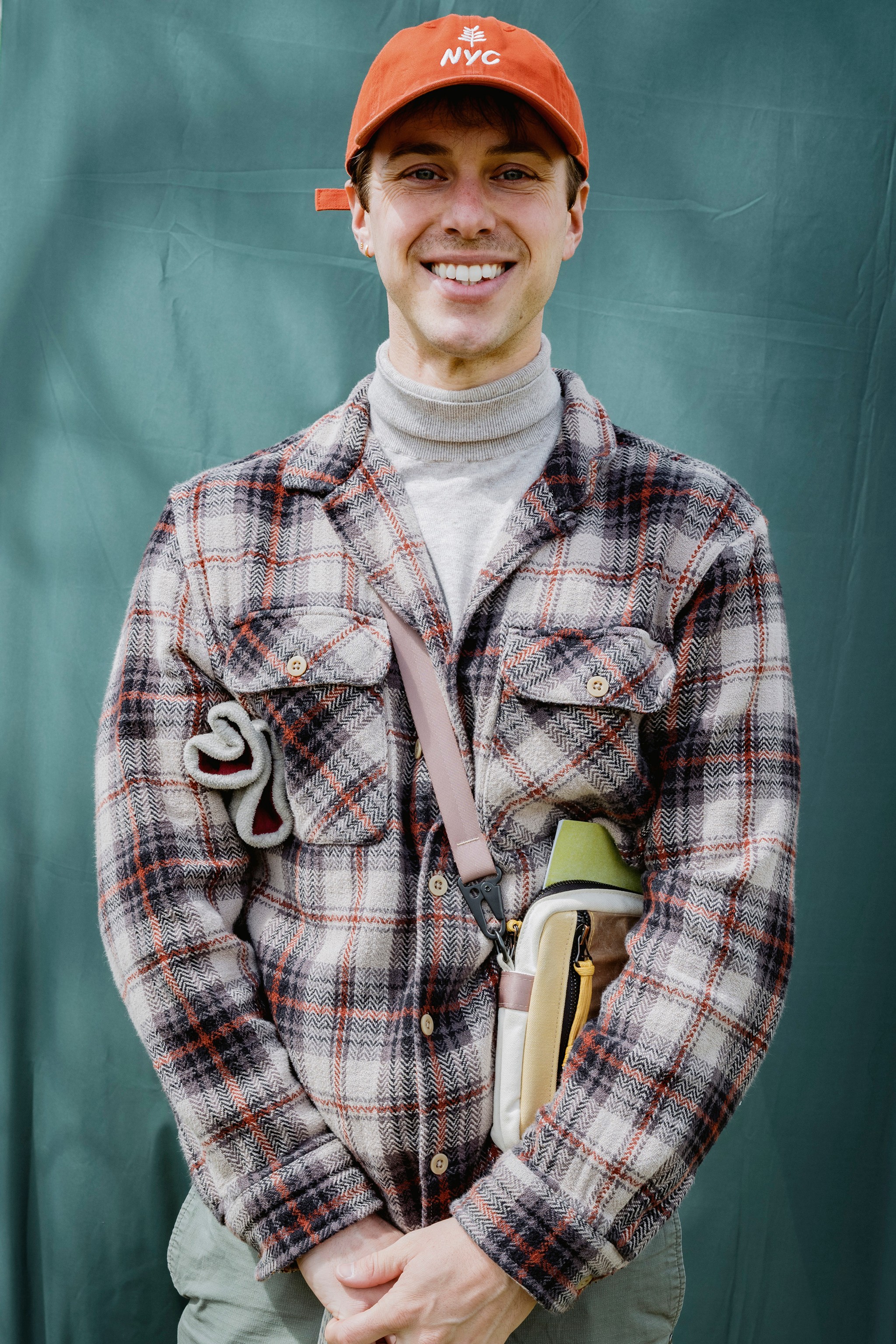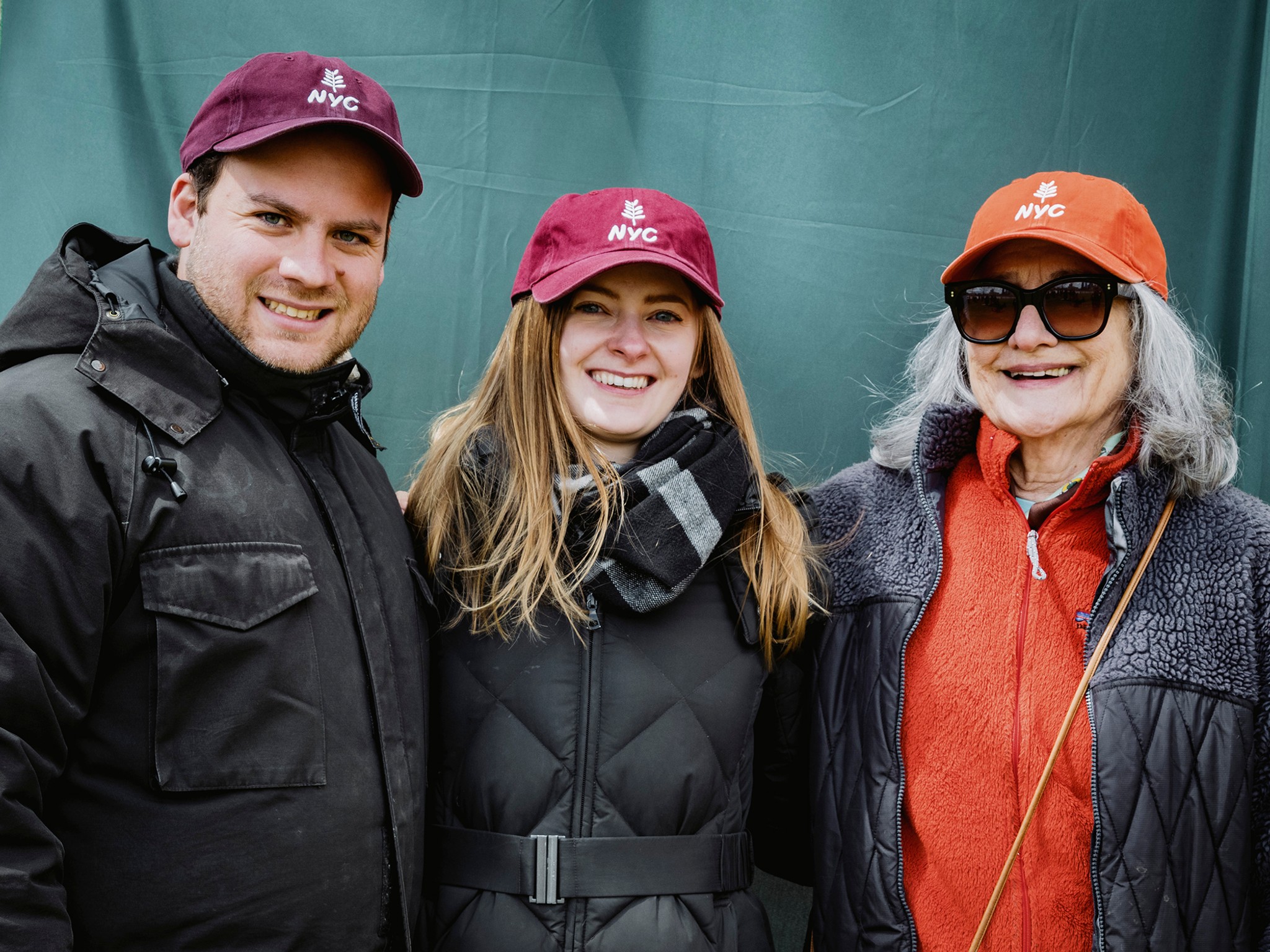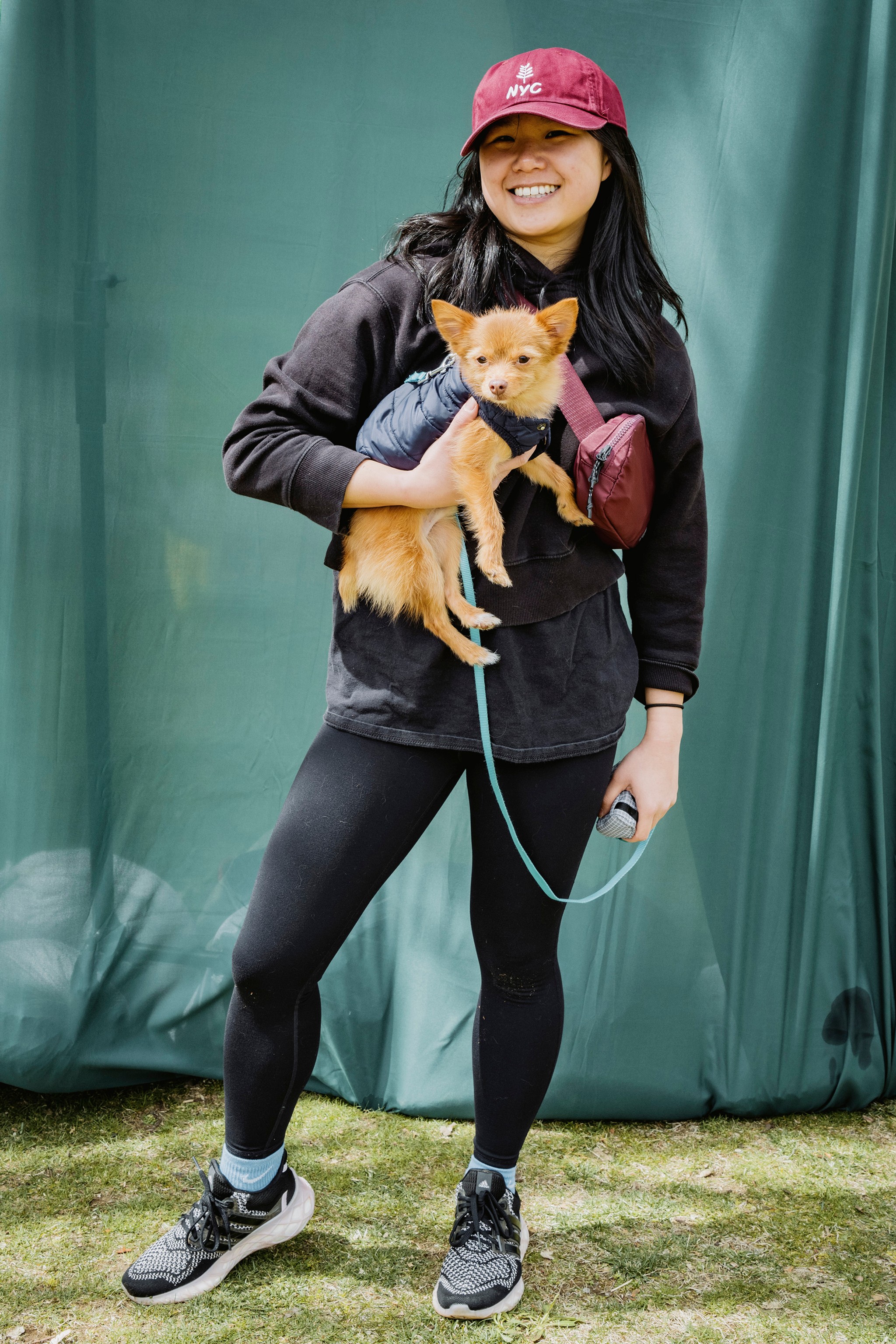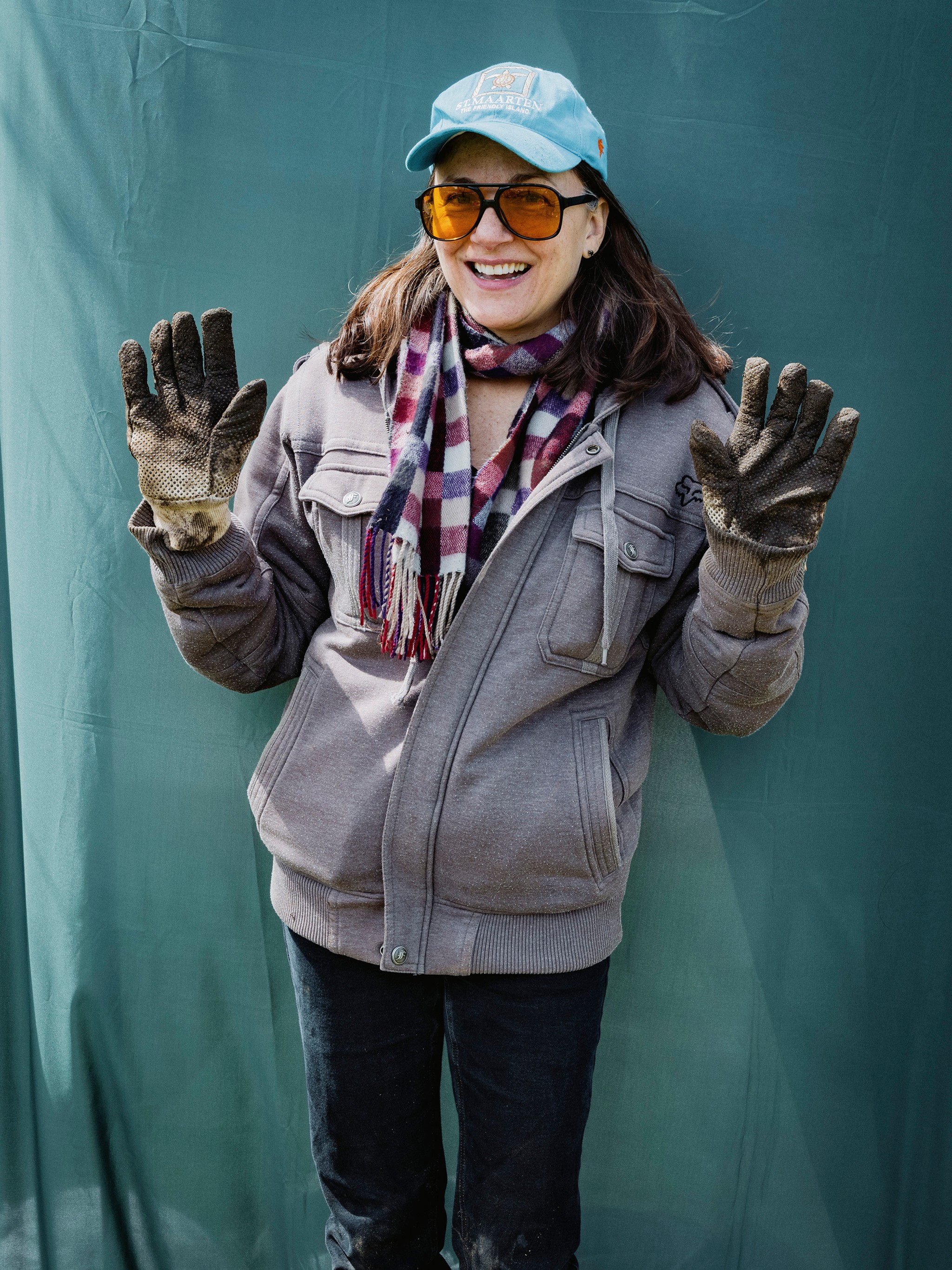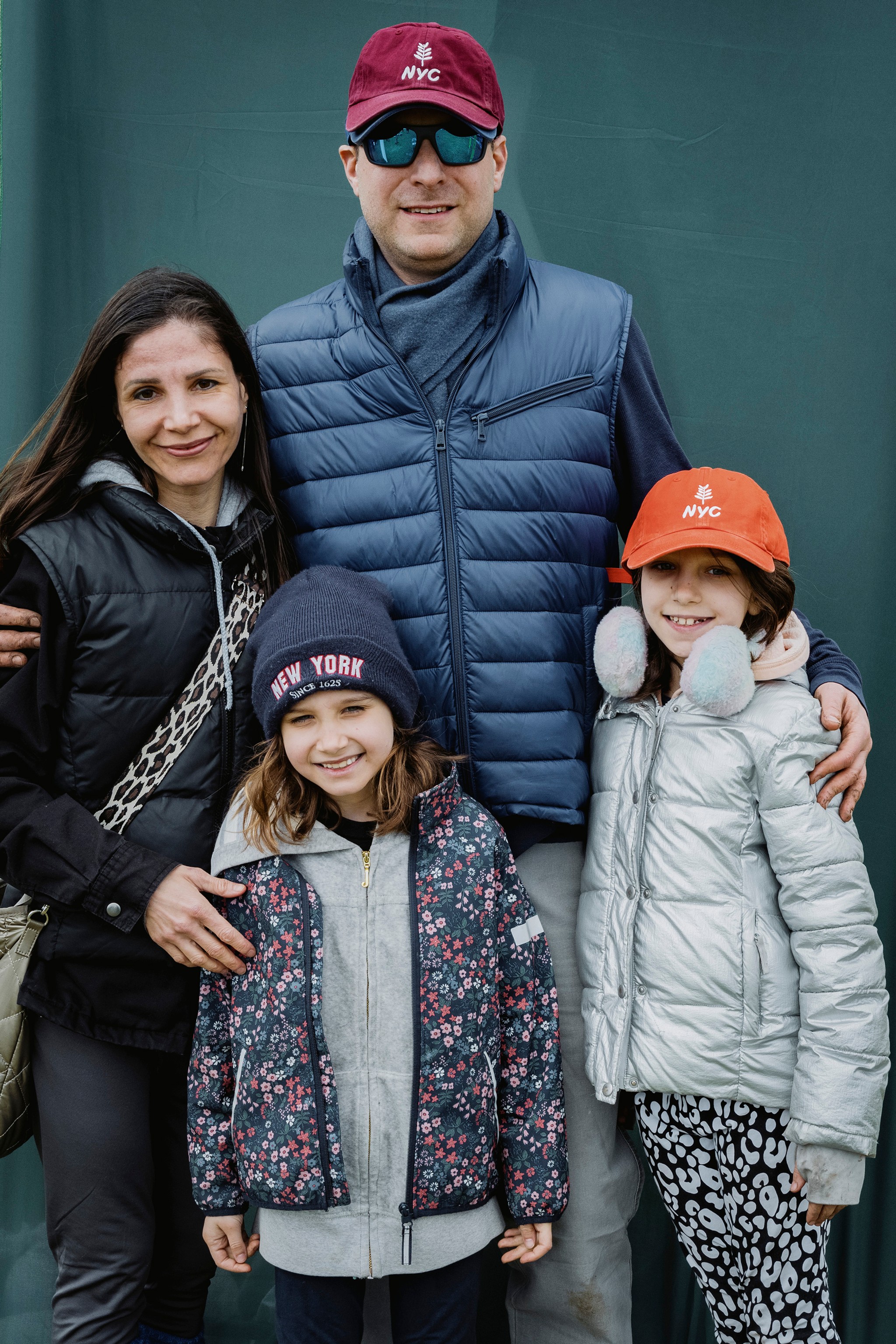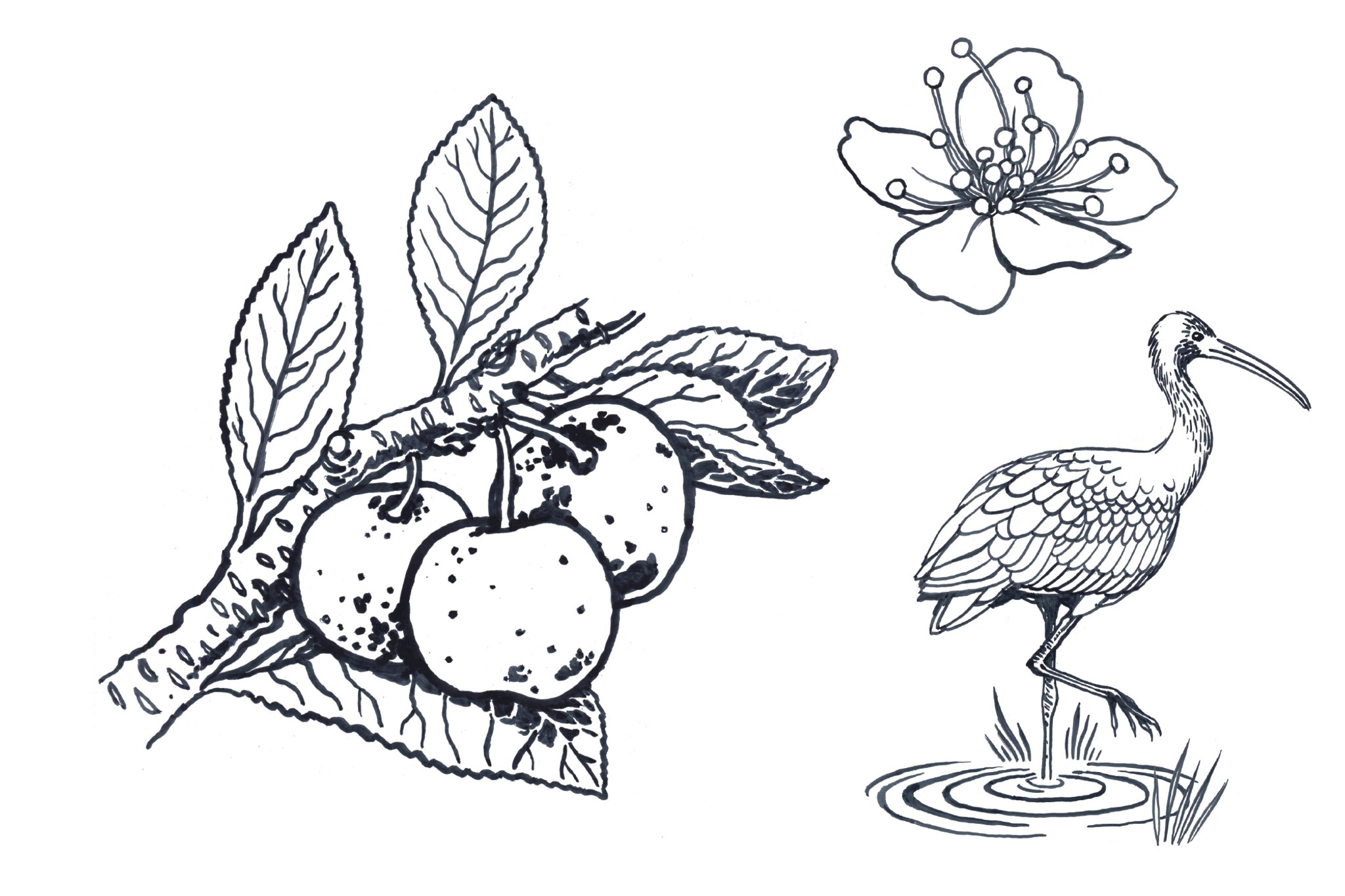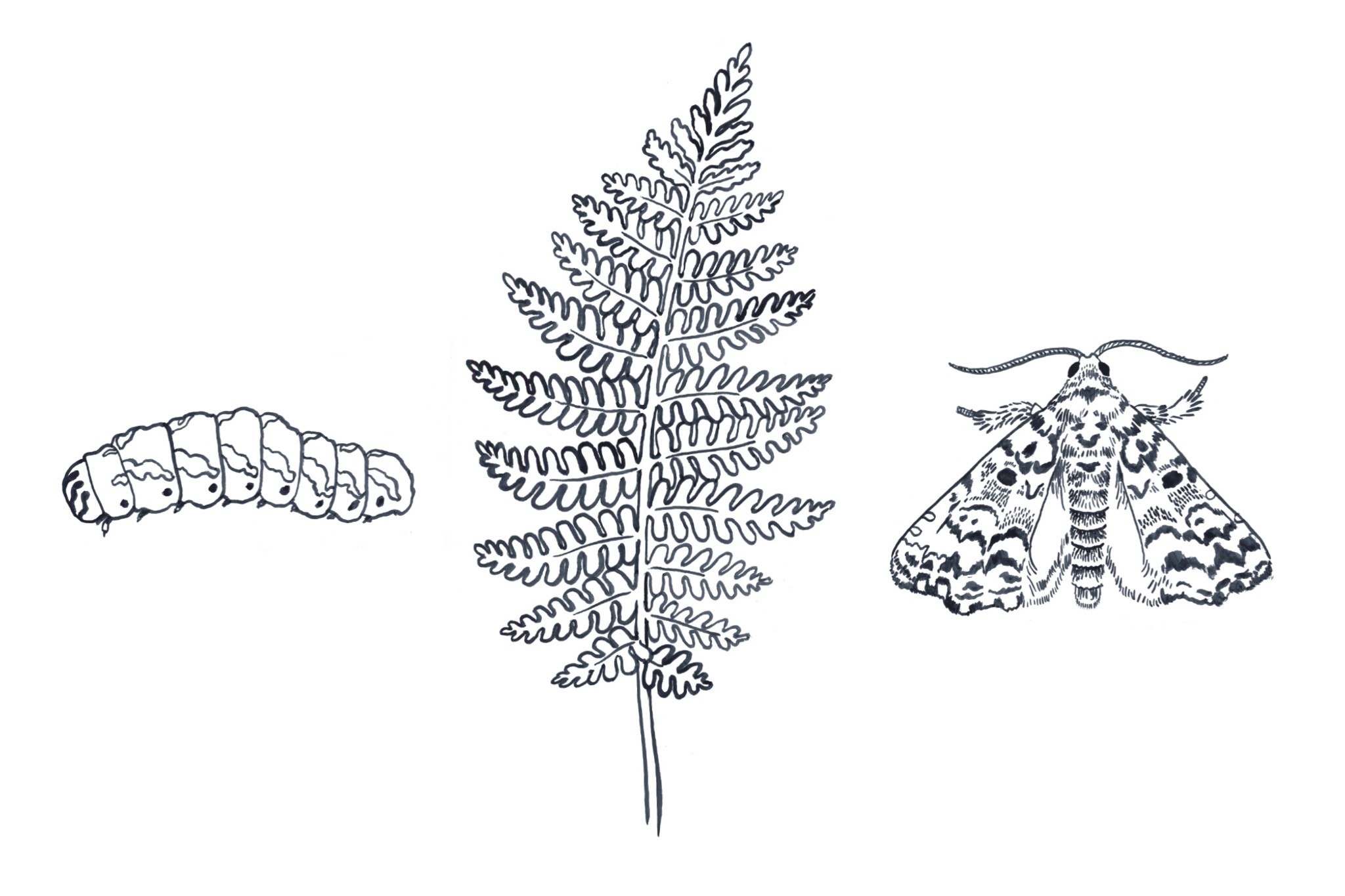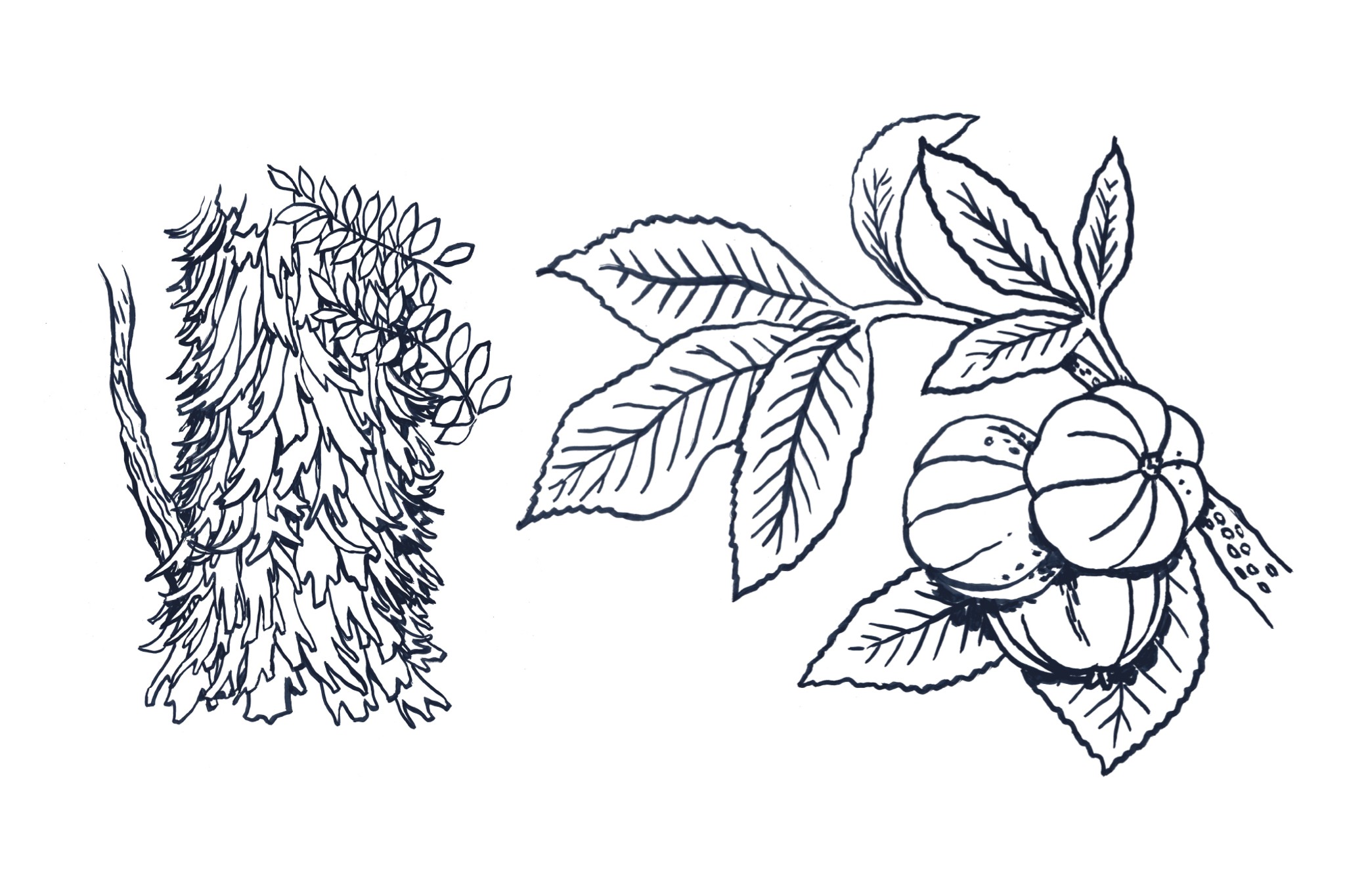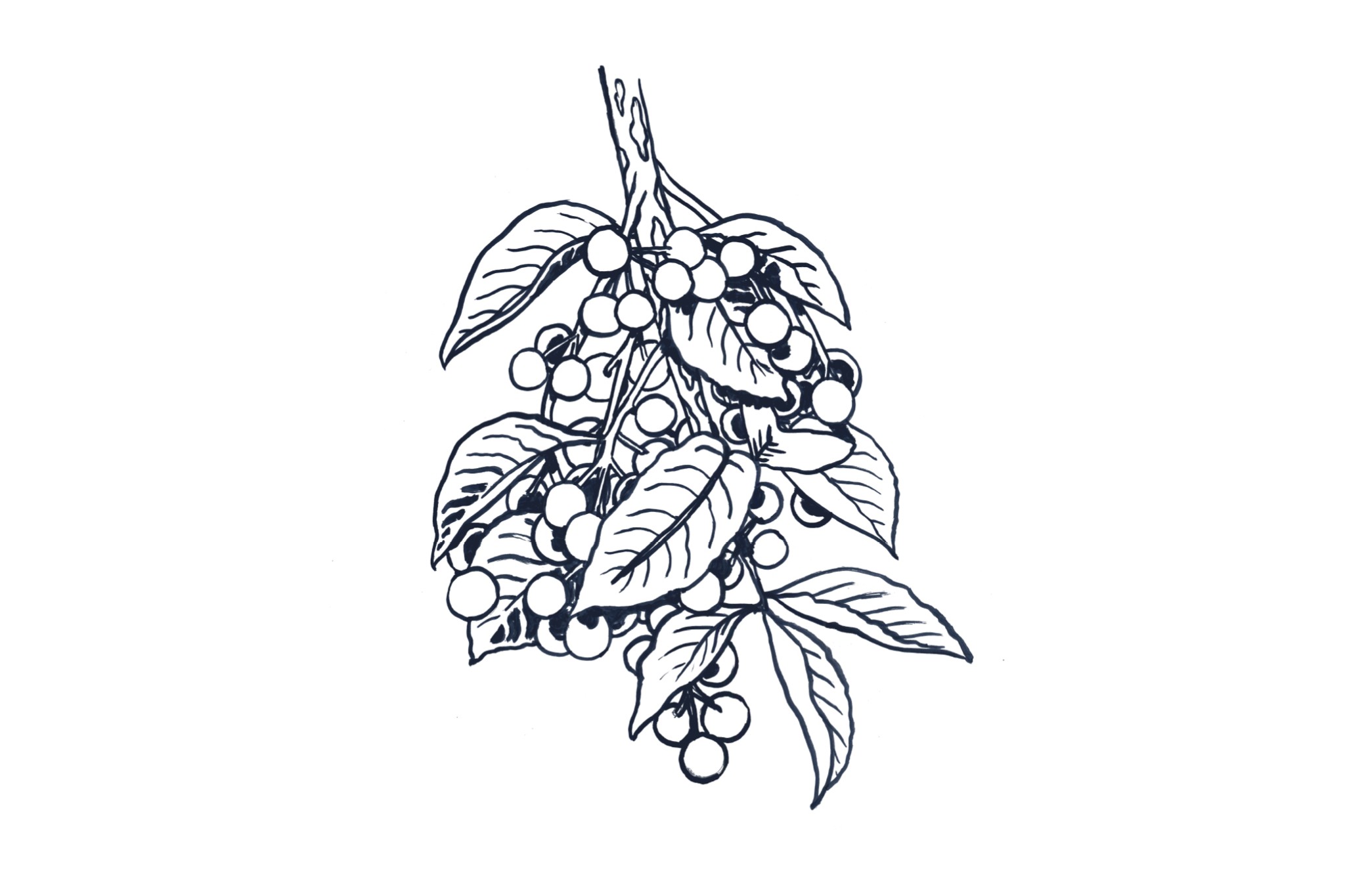Manhattan Healing Forest
Planting for Resilience.

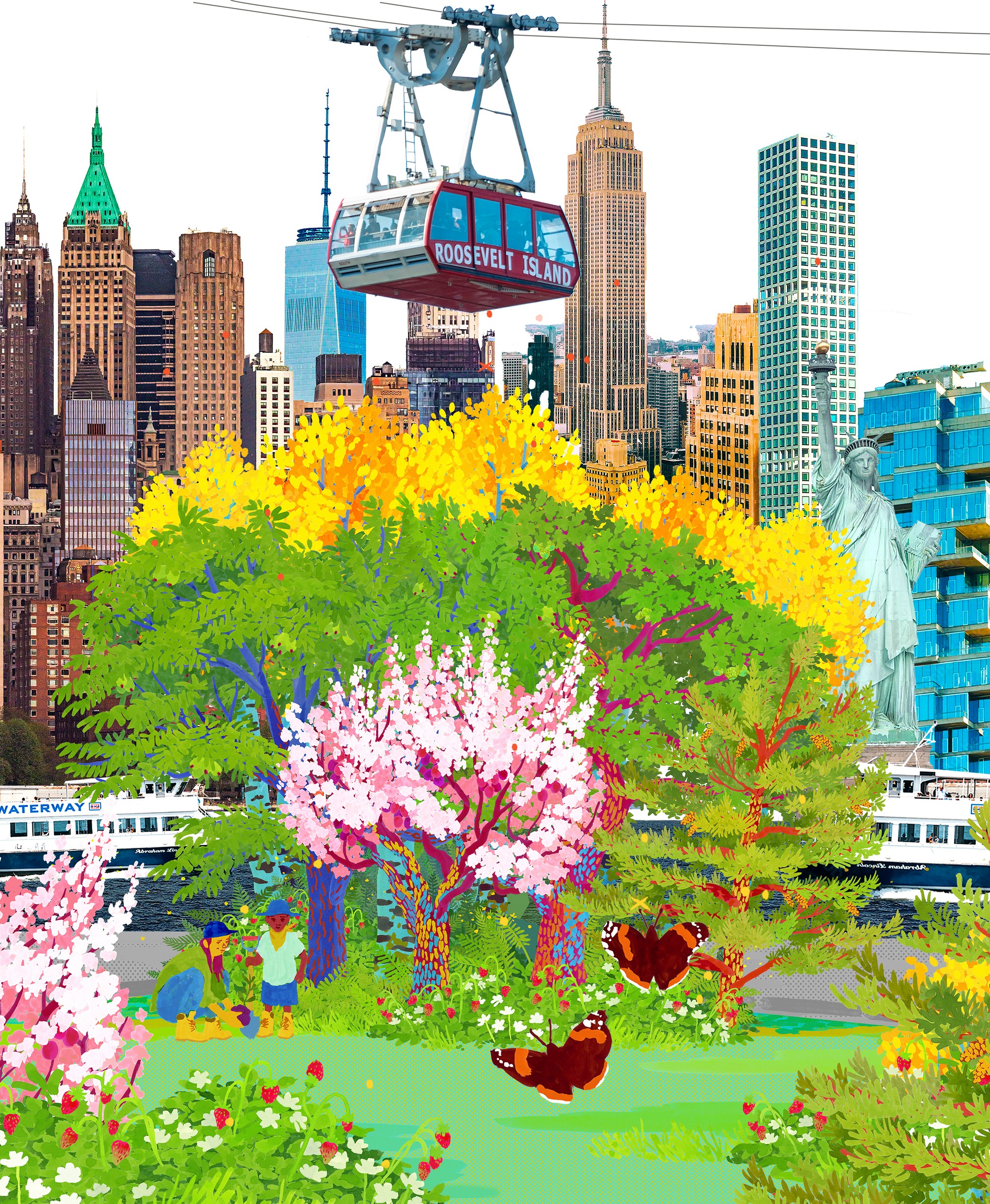
0
Trees
0
Square Feet
0
Native Species
Nestled along the southern banks of Roosevelt Island, the Manhattan Healing Forest stands as a beacon of hope, offering a haven of tranquility for the almost 12,000 residents amidst the bustling cityscape.
The strong currents of the New York Estuary, aka East River, lap at our shorelines, an ever present reminder of the island’s beauty and vulnerability. As storm surges threaten Roosevelt Island, and flood models paint a concerning picture, Manhattan Healing Forest emerges as a symbol of hope and adaptation. This SUGi Pocket Forest is strategically positioned to stabilize the land and capture water, serving as a living barrier against flooding and erosion, preventing pollutant runoff and enhancing air quality.
With its diverse array of flora and fauna, Manhattan Healing Forest serves as a miniature lung for Manhattan, providing habitat for migratory birds, butterflies, and a variety of urban wildlife. From the bustling activity of squirrels to the majestic presence of peregrine falcons and red-tailed hawks, the forest teems with life and vitality. The forest is a haven for humans and wildlife alike.
Restoring hope we embrace new methods to heal the land in ways good for the health of our neighbors, our neighborhood and the living beings that dwell among us.
Forest Maker
Ethan Bryson
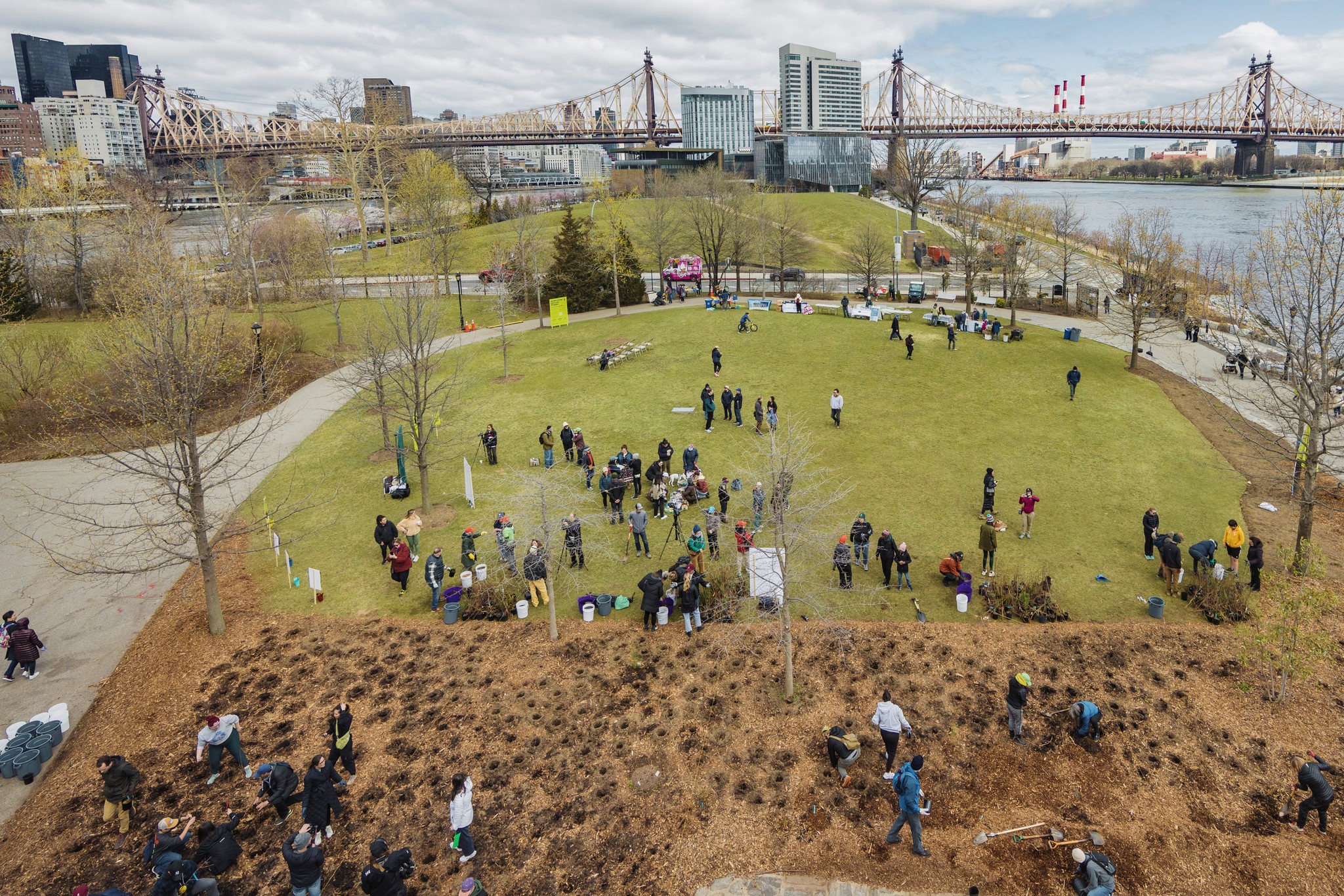
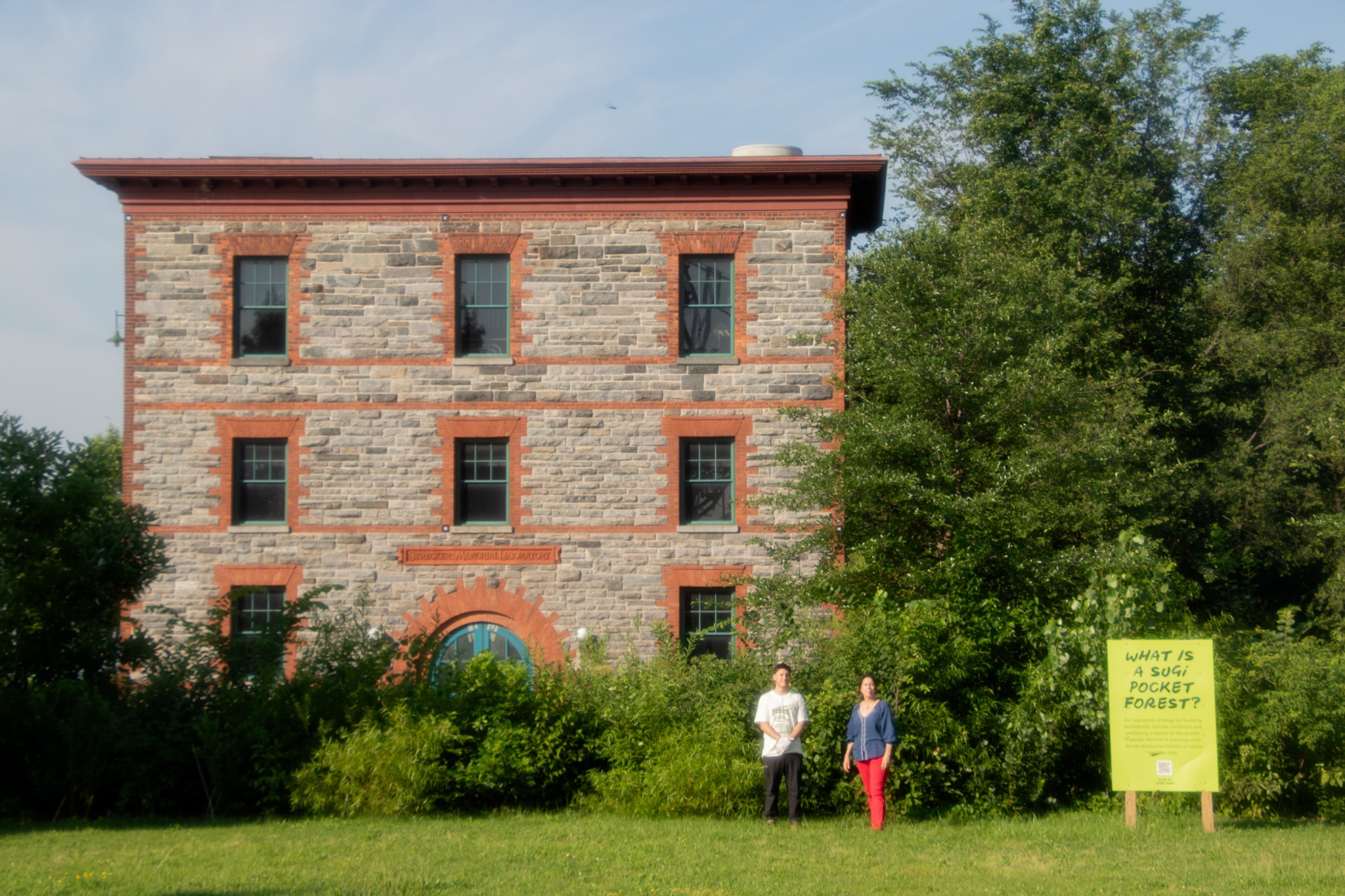
"Tekenink atàm" (Let us go to the forest)
— Lenape Forest Name
Forest Update: July 2025
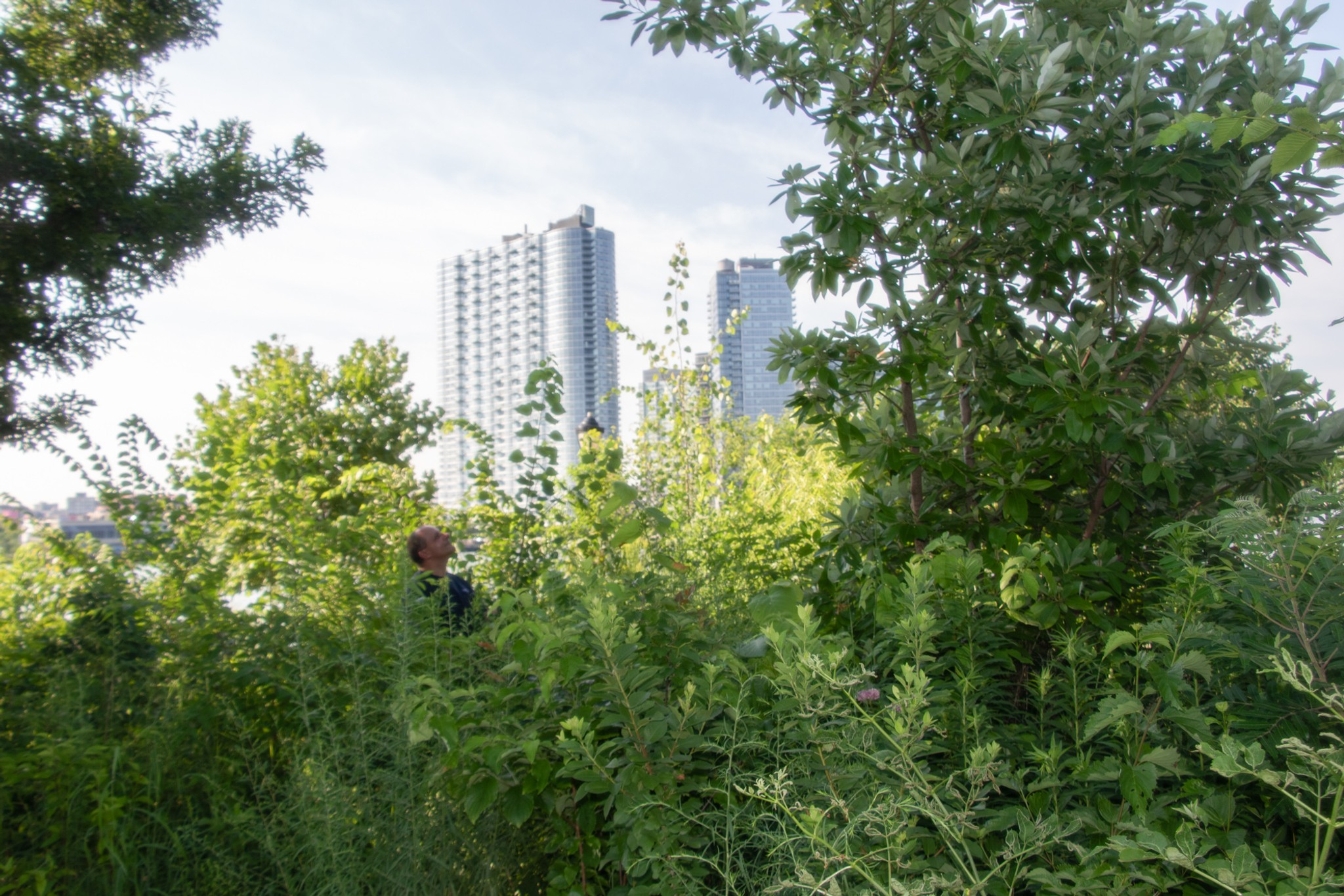
Biodiversity Notes:
Forest Report: 2024
0 Months
Forest Age
0%
Survival Rate
0m
Average of Tallest 3 Trees
A steady stream of forest friends stop by the Manhattan Healing Forest on Roosevelt Island (Manhattan) NYC daily. Some check on their plants, some want to see how the forest is growing, others stumble upon it and love learning more.
Weekly, the Roosevelt Island Operating Corporation observes the forest’s water needs and sets the sprinklers appropriately. On weekends iDig2Learn's founder weeds out bindweed and other non-native invasives growing. northern red flickers, Mockingbirds, warblers, the endangered Monarch butterfly and the Red-Tailed Hawk frequent the forest. A family of 3 gray squirrels tumble through the baby trees playing. Neighbors stop us on the street to tell us about their visit and how well the forest is growing.
The soil which was amended with Big Reuse community compost: it is rich with worms, roly-poly wood lice, beetles, while moths, both native bumble bees and the introduced hive managed European honey bees and introduced Asian praying mantis and lady beetles have been spotted.
The black willow (Salix nigra) has overtaken large areas quickly in a ground sprawling habit which may be too aggressive for the small space and pruning will be needed before the six month period. The pin cherry and American elm are doing well and the raspberries make it difficult to enter in some areas. Knowing what we know now it would have been better to create paths but the space was rather thin in a L-shape which would not allow for the quantum of biodiversity we currently have in the space.
- Christina Delfico, founder of iDig2Learn
Biodiversity Notes:
Planting: April 2024

Forest Design
This SUGi Pocket Forest is strategically positioned to stabilize the land and capture water, serving as a living barrier against flooding and erosion, preventing pollutant runoff and enhancing air quality.
"When I first visited Manhattan and walked around its busy concrete sidewalks, my neck would ache from looking up at the glass and steel forest of towering buildings. Now I look to the ground, searching for bare soil or native plants that have been here long before the buildings. The creativity and buzz of life in one of the world's greatest cities can once again burgeon with nutrient-rich diverse life in the soil and a more balanced ecosystem in partnership with Nature. The Lenape, whose territory is Lenapehoking, say this place is a good home. Welikia. Creating an urban environment in balance with nature can make it even better. This is our intention with the Manhattan Healing Forest."
— Ethan Bryson, SUGi Forest Maker
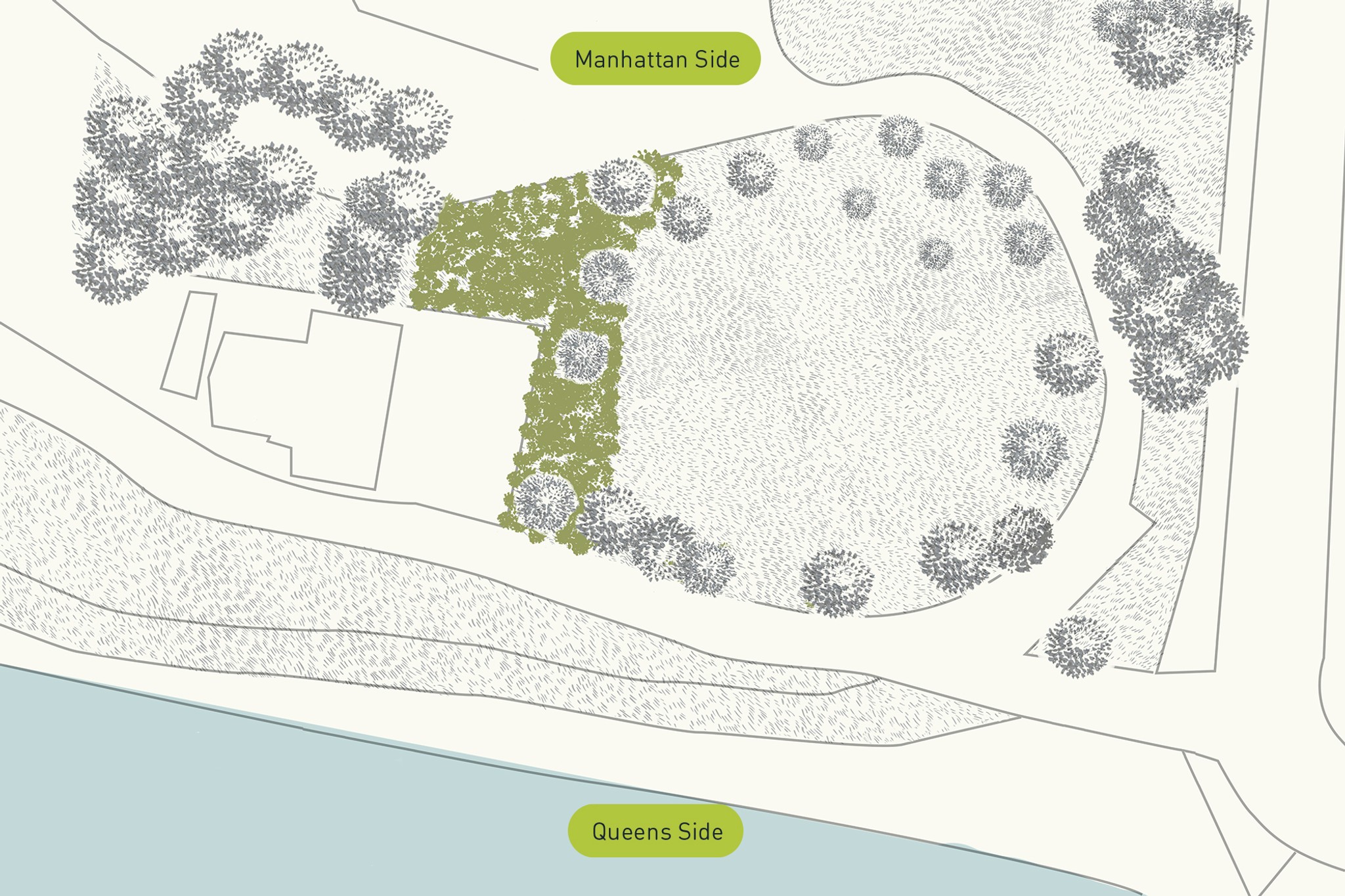
Native 'New Yorker' Species Selection
“Creating this pocket forest is an invitation to understand how rebuilding soil health positively affects the health of all surrounding life. Using this tight-knit planting Miyawaki Method to strengthen root connections which in turn boosts tree growth exponentially mirrors how diverse communities can come close together now and do this. After all, New Yorkers understand crowded small spaces and if we can plant it here it can plant it anywhere.”
Christina Delfico, founder iDig2Learn.
We’re thrilled to collaborate on this project with:


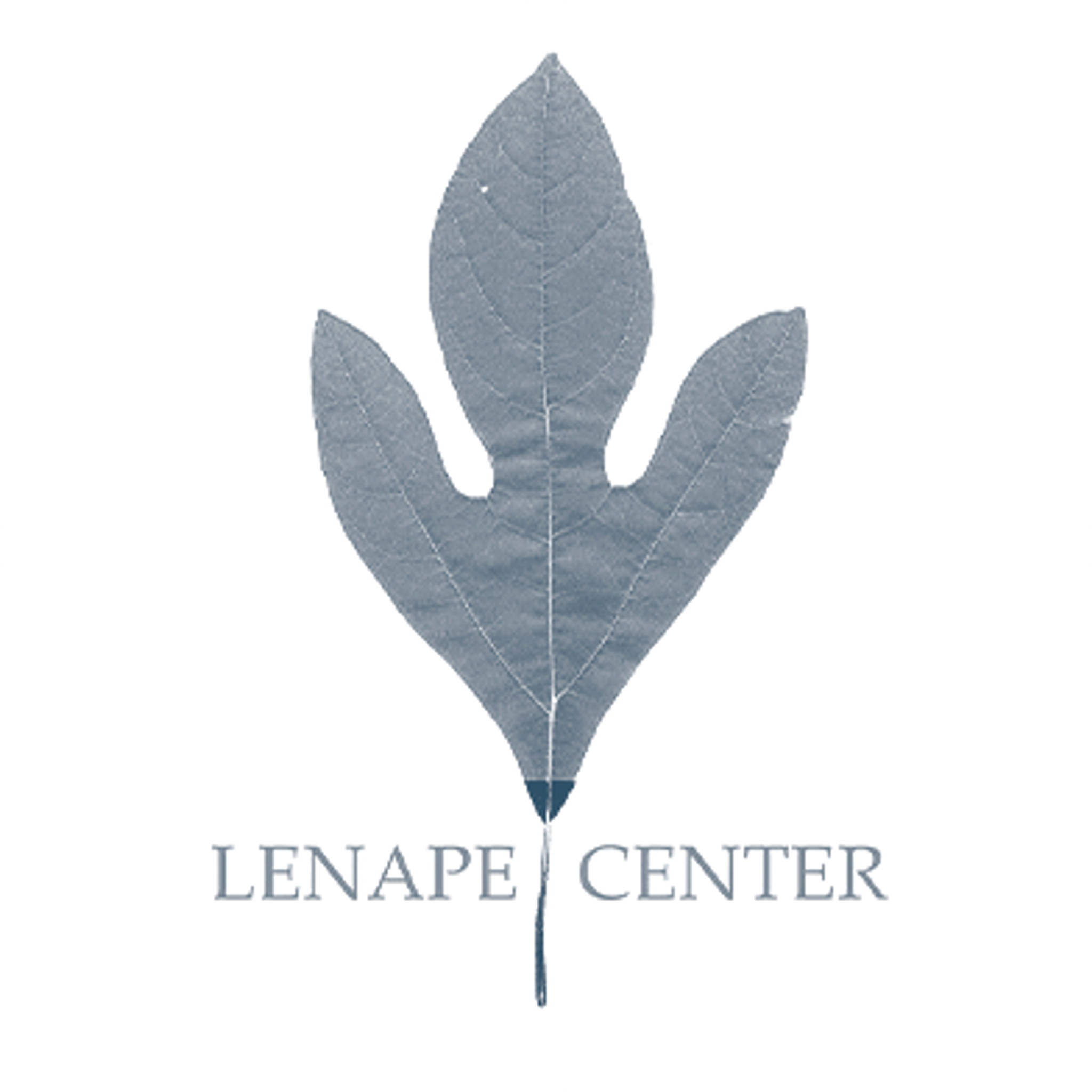
"Lenape Center has been actively continuing Lenapehoking. The establishment of this pocket forest exemplifies the transformative and regenerative power that arises from collaboration."
— Lenape Center














































